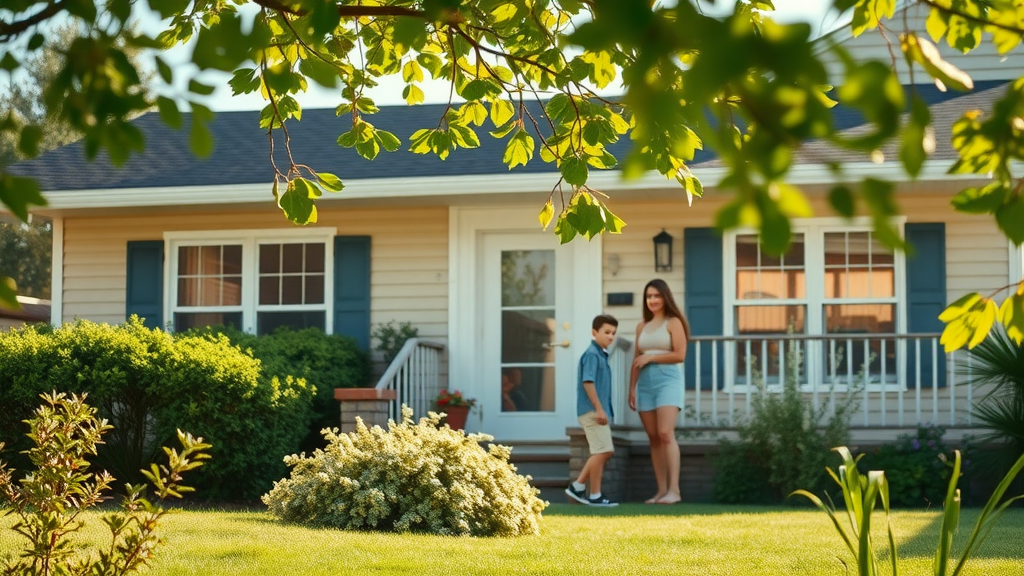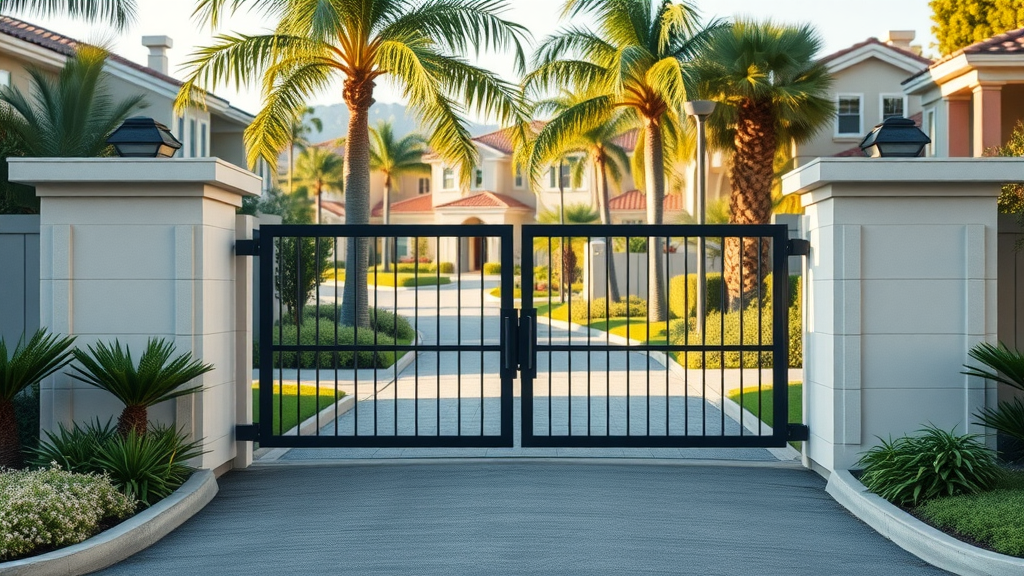
Understanding Radon: The Invisible Threat in Your Home
Radon, a naturally occurring radioactive gas, is invisible and odorless, posing a significant health risk—especially for nonsmokers. Trapped beneath our homes, radon arises from uranium found in soil and rock formations. Our latest exploration into radon highlights why homeowners need to take its presence seriously. In particular, one family's story illustrates the importance of constant vigilance in monitoring radon levels, reinforcing the need for effective mitigation strategies.
In 'How to Reduce Radon | Ask This Old House,' the discussion dives into detecting and mitigating radon levels, exploring key insights that sparked deeper analysis on our end.
The Health Risks of Radon Exposure
As was highlighted in the recent video, elevated radon levels can lead to dire consequences—lung cancer being the most concerning, especially in nonsmokers. A homeowner named Vincent shared that he inherited his grandparents' old house only to discover that the family dog had tragically passed from lung cancer. This prompted him to investigate the potential presence of radon, underscoring that even our pets are susceptible to its harmful effects.
It’s alarming to note that radon exposure is the second leading cause of lung cancer overall, according to the Environmental Protection Agency (EPA). This is why it’s vital to test for radon and, if detected, take immediate action.
The Importance of Continuous Monitoring
Testing for radon can seem daunting, but modern technology allows for continuous monitoring that provides a more accurate picture of radon levels over time. As illustrated in Vincent’s case, spikes in radon can occur with changing weather conditions or building operations. Having an active radon monitor, as Vincent did, allows for real-time data that can help homeowners make informed decisions about mitigation.
Vincent’s monitor revealed an average reading of 12.7 picocuries per liter—over three times the EPA's recommended action level of 4. Understanding that radon levels can fluctuate dramatically, it's crucial for homeowners to utilize continuous monitoring to safeguard their health.
Radon Mitigation: A Necessary Investment
When radon levels exceed acceptable limits, installing a mitigation system becomes not just an option but a necessity. The video delves into the workings of an active sub-slab depressurization system, which employs a PVC pipe and fan setup to create a suction effect, redirecting radon gas away from the home. This system, though variable in complexity based on the age and construction of the home, is effective in providing homeowners peace of mind.
In Vincent's case, the process included a thorough assessment by experts who sealed openings, identified high-radon corners, and implemented the necessary suction points. With professional help, radon concentrations can be managed effectively, allowing families to breathe easier within their homes.
Practical Tips for Homeowners
If you're concerned about radon in your home, consider these actionable steps:
- Test Regularly: Use a radon monitor to check levels consistently, particularly if you live in a high-risk area.
- Seal Openings: Ensure that any cracks in the foundation or gaps around pipes are sealed to reduce radon entry points.
- Consult Professionals: If radon levels are high, consult certified radon mitigation specialists to install and maintain a proper system.
Taking these steps can significantly reduce health risks associated with radon, protecting not only yourself but also your family and pets.
Conclusion: A Call to Action for Homeowners
Understanding and addressing radon levels should be a priority for homeowners. As demonstrated by Vincent's experience, taking proactive measures can safeguard against this silent threat. If you're currently unaware of your home's radon levels, it’s time to take action—invest in a radon test and consider a mitigation system if necessary. Don’t leave your family’s health to chance; ensure your home is safe from radon exposure.
 Add Row
Add Row  Add
Add 




Write A Comment